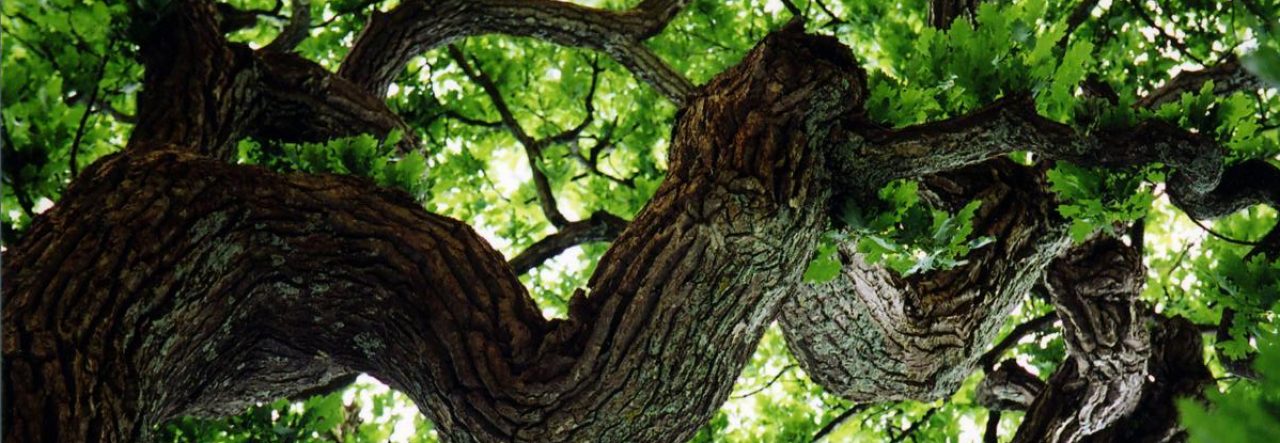What is Nature Photography or being a Nature Photographer? The answer may surprise you.
When people talk about as a style of photography, what do they actually mean? As a nature photographer myself, in this short article I want to explore what I believe is the true genre of nature photography and why I feel committed nature photographers get the short end of the stick in the wider public view. I also would like to explore why I feel that nature photography is possibly one of the hardest genres of photography to master well and some of the complexities it involves.
So, what is nature photography? Wikipedia describes it as:
Nature photography refers to a wide range of photography taken outdoors and devoted to displaying natural elements such as landscapes, wildlife, plants, and close-ups of natural scenes and textures. Nature photography tends to put a stronger emphasis on the aesthetic value of the photo than other photography genres, such as photojournalism and documentary photography.
![]()
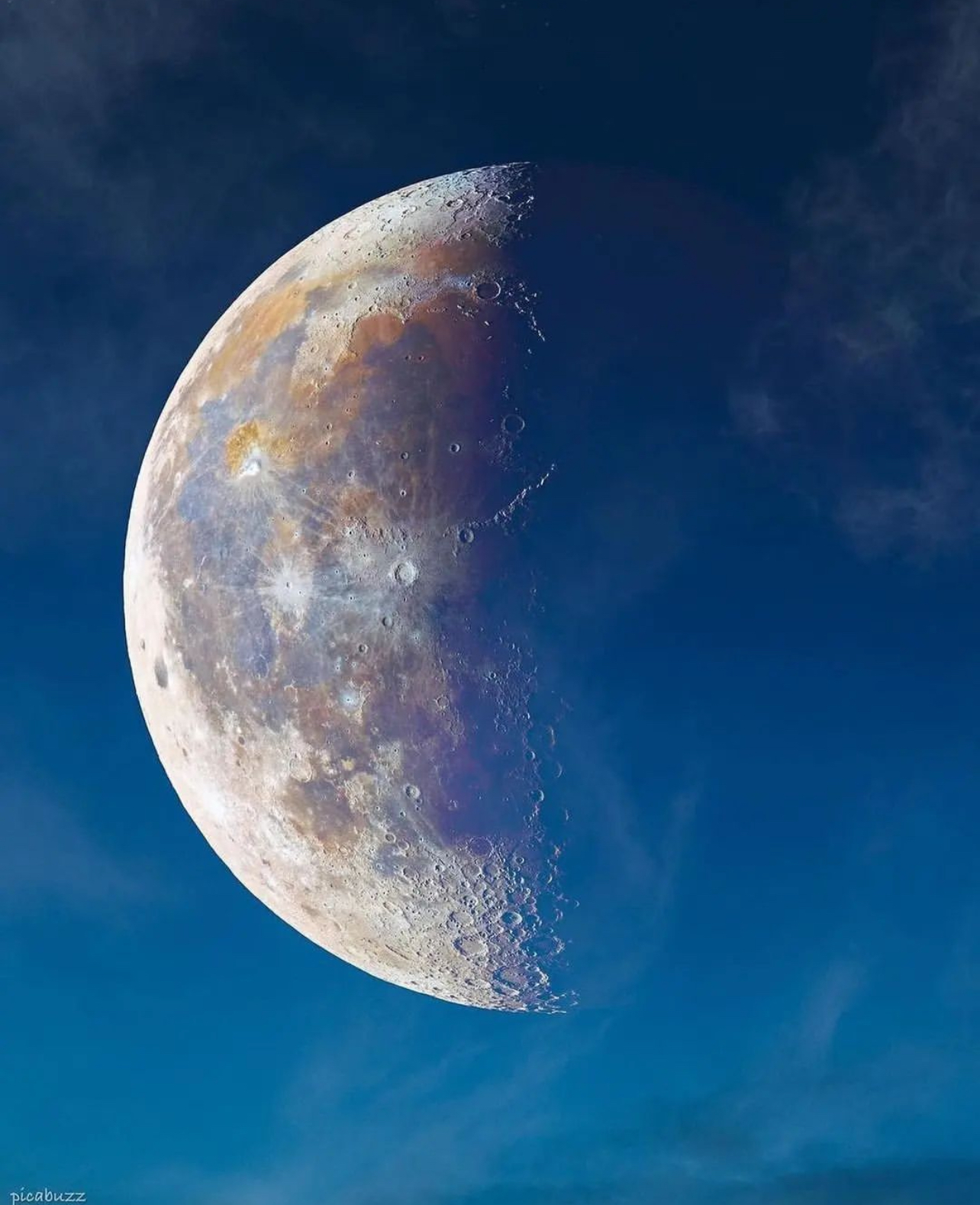 For me personally, I believe this definition is fairly close but it doesn’t hint to the complexities involved in capturing “great” natural history images. I firmly believe nature photography is one of the hardest genres to master and can take years to accomplish consistent results.
For me personally, I believe this definition is fairly close but it doesn’t hint to the complexities involved in capturing “great” natural history images. I firmly believe nature photography is one of the hardest genres to master and can take years to accomplish consistent results.
From Wikipedia’s definition, I would break down this genre into sub genres, as the sub genre are in many ways a specialty in their own right. I would define nature photography as;
Nature Photography is a genre of photography which depicts elements of the natural world in a photographic process which can be broken down into specialty fields.
That is to say, within the nature photography genre, you as a nature photographer could specialize in any of the following sub genres and yet not practice or be skilled any of the others areas.

Well you will find it hard to be an expert in all the domains of photography. Each has its own unique skill sets to master.
As an example, if you were an avian photographer specializing in small birds, the equipment you may require is expensive, such as super telephoto lenses. These lenses are somewhat difficult to master by themselves. They are heavy, easily vibrate in the slightest breeze or movement, they pick up heat haze. So to use a big piece of glass like this isn’t like using a “standard lens”.
Birds can be difficult to get close to, so it is an advantage to understand the birds behavioral patterns you are targeting, so you can plan to be in the right place at the right time. Becoming a better naturalist!
This all takes time and practice and even then there is no guarantee your subject will co-operate.
Landscapes, animals and macro photography
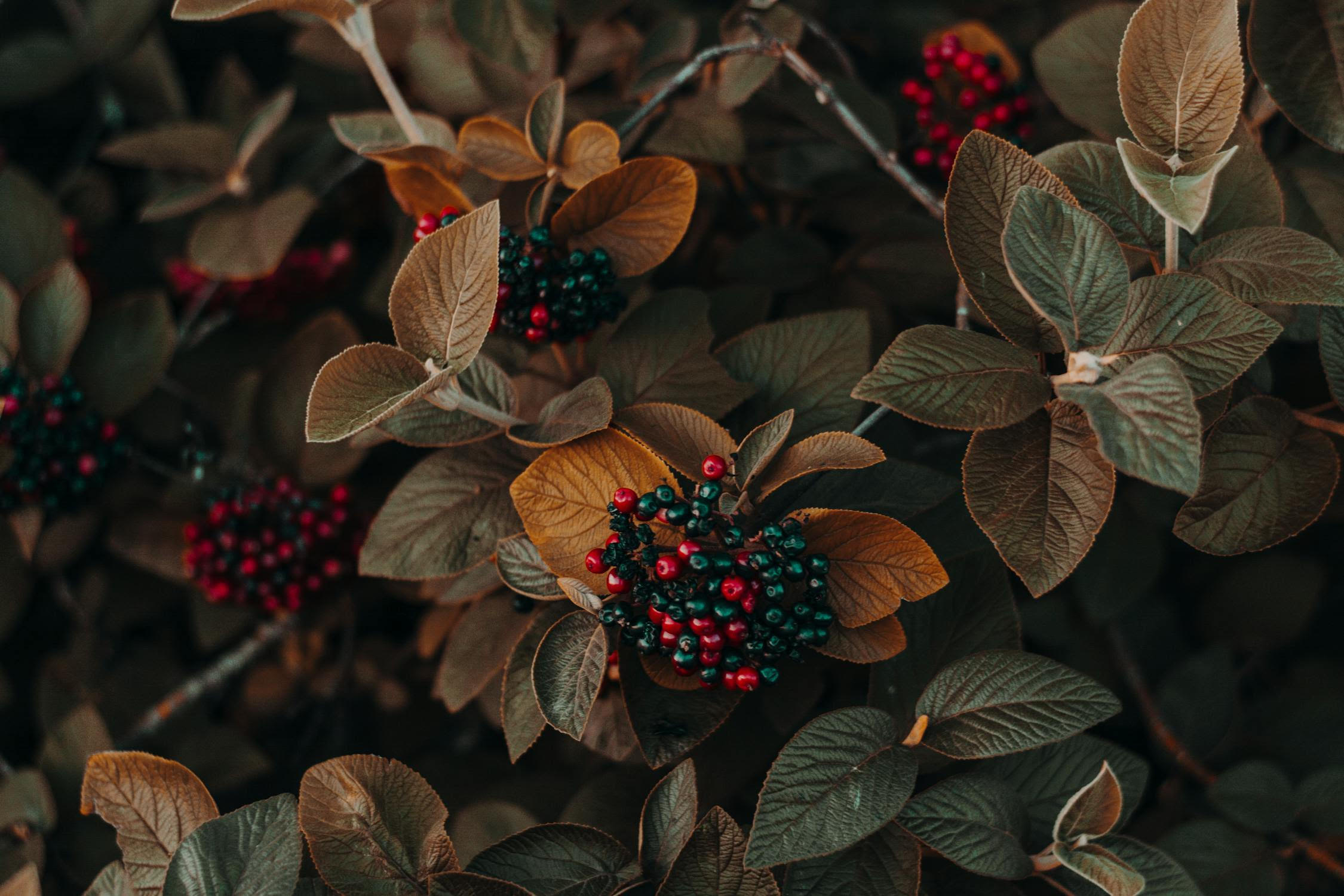
A landscape image cuts across all political and national boundaries, it transcends the constraints of language and culture.
Nature photography for me includes a scope of landscape photography, wildlife photography and photography in the close up range.
All my photos have one thing in common, they are taken in nature and are neither manipulated nor posed. While landscape photography profits for the most part from the mood of the light and from beautiful spots, I enjoy at macro photography that I’m able to do this at anytime and anywhere.
Wildlife photography – not for the impatient
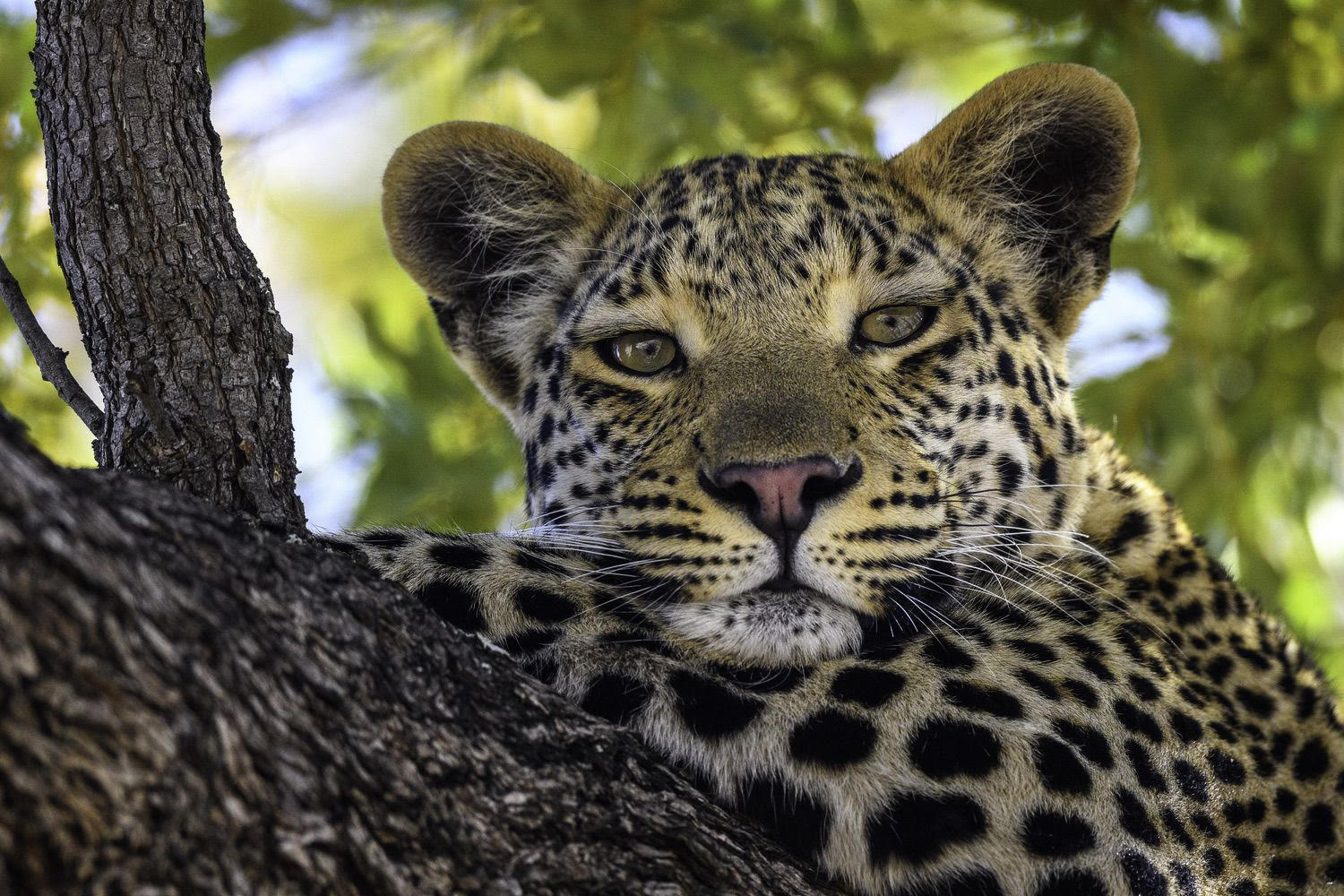
For wildlife photography it is important to gather information about the living conditions of the animals you want to get into your picture because it increases the chances for good pictures.
The animal photos shown on my web site are true Wildlife pictures, which I took in nature.
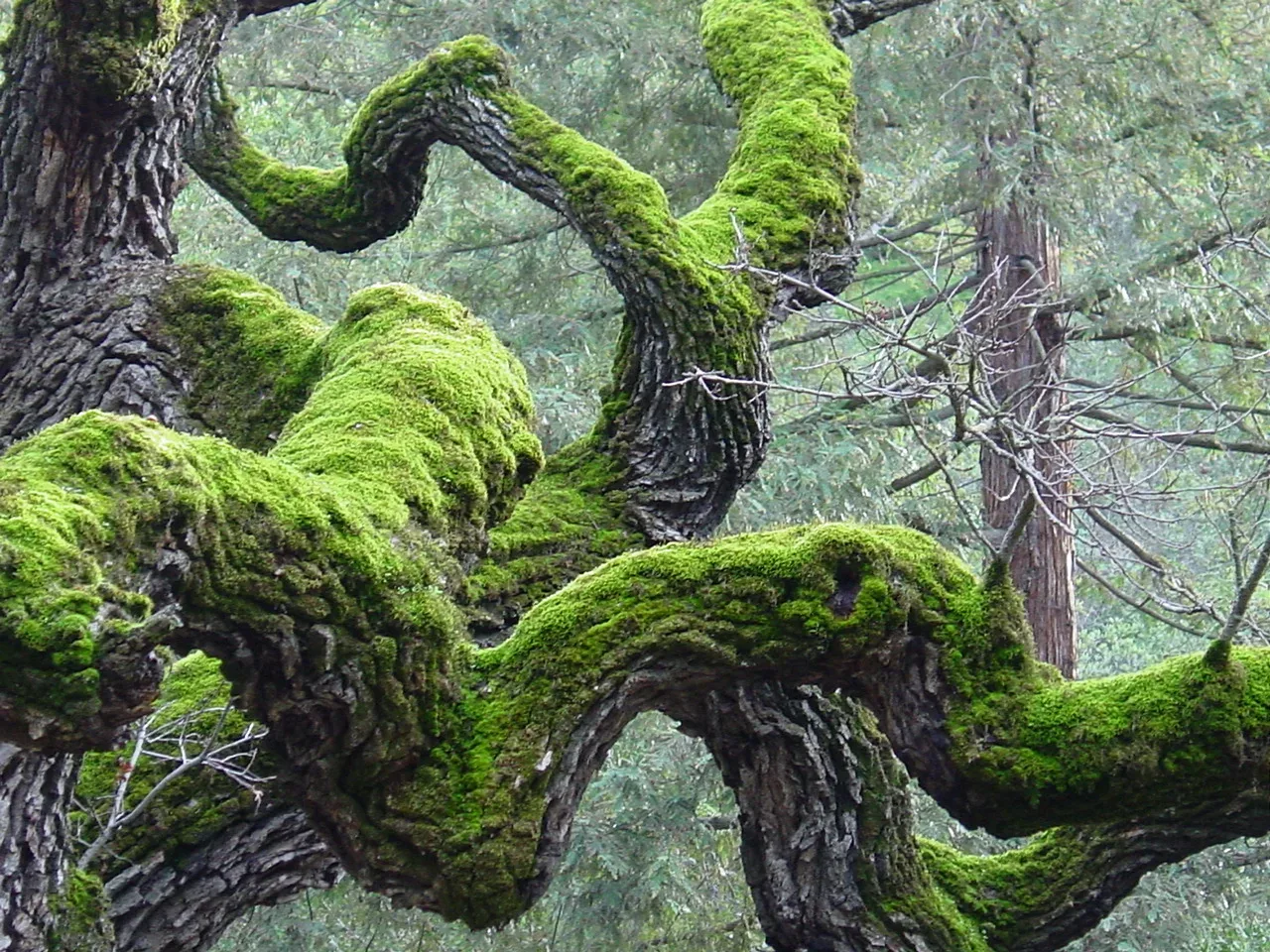
At the age of 11, I took my first photograph: a creek. It definitely triggered something in me! Since then, I have devoted a big part of my free time to photography, in the natural environment, with great respect for the tranquility of the wild world my father instilled in me. Progressively, I discovered other forms of photography and I am actually working as a freelance photographer for some magazines and newspapers (German, French and English) in domain sports, mode, events, weddings, etc. But my first “love” is still present and I never miss an occasion to take pictures of a beautiful and peaceful landscape.


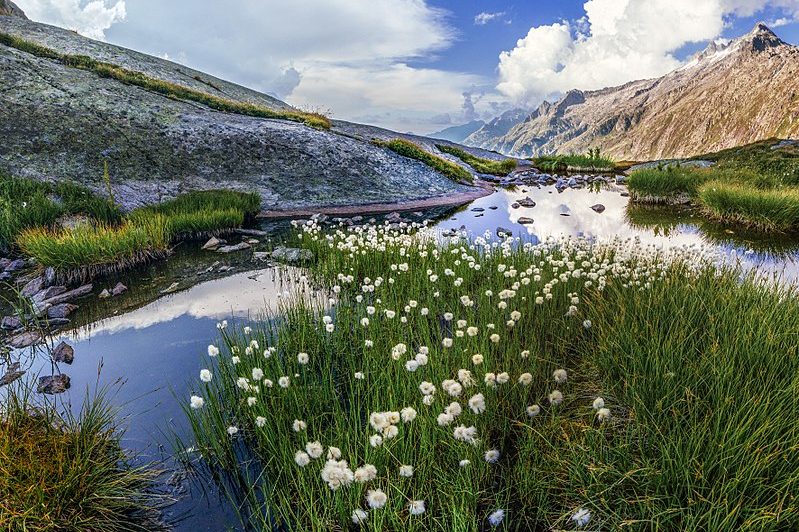
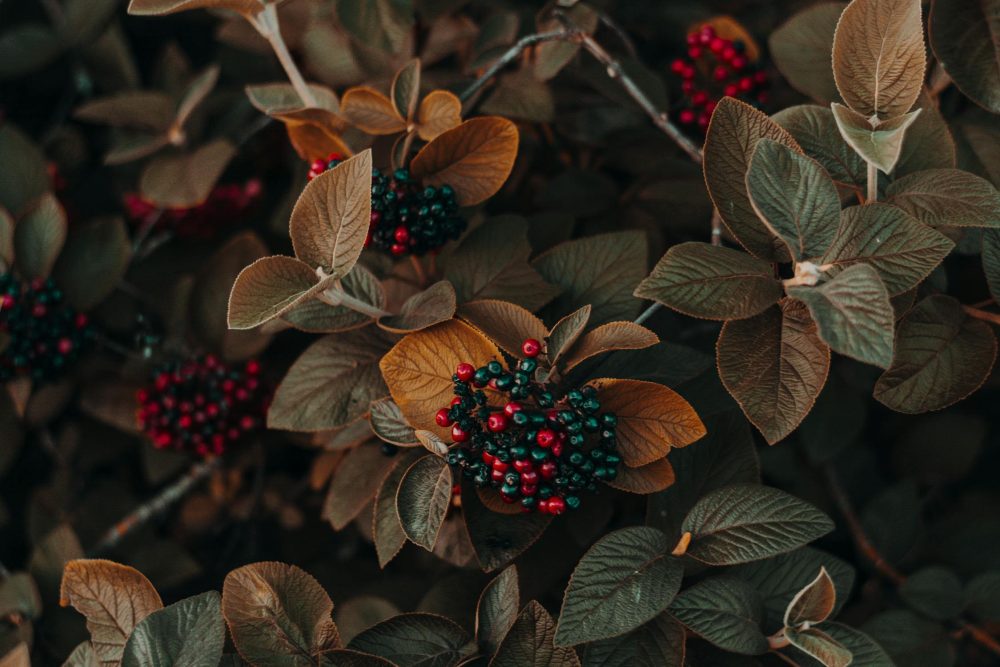
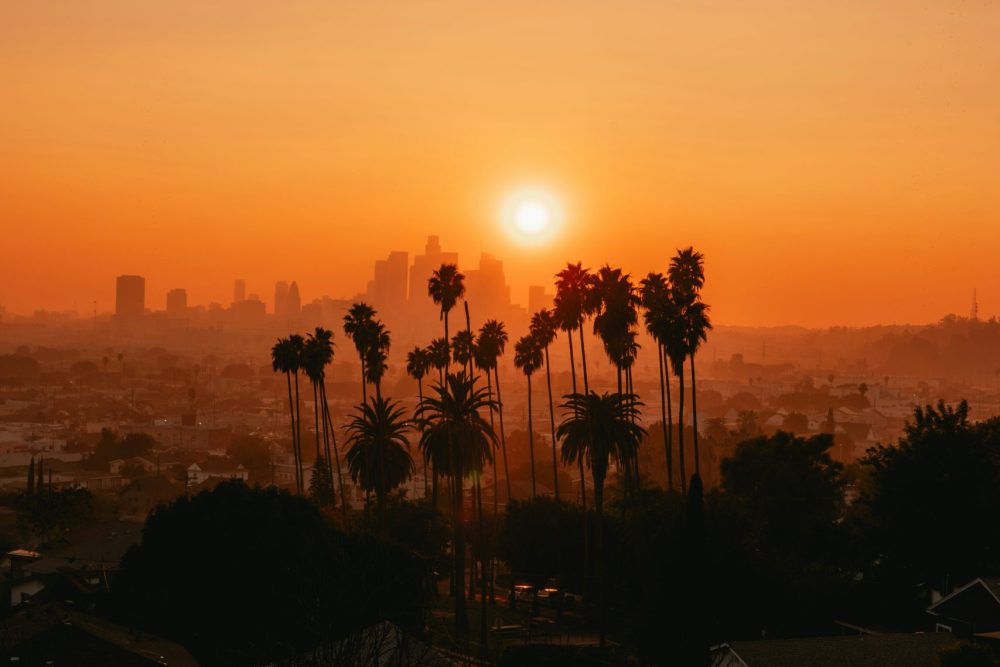
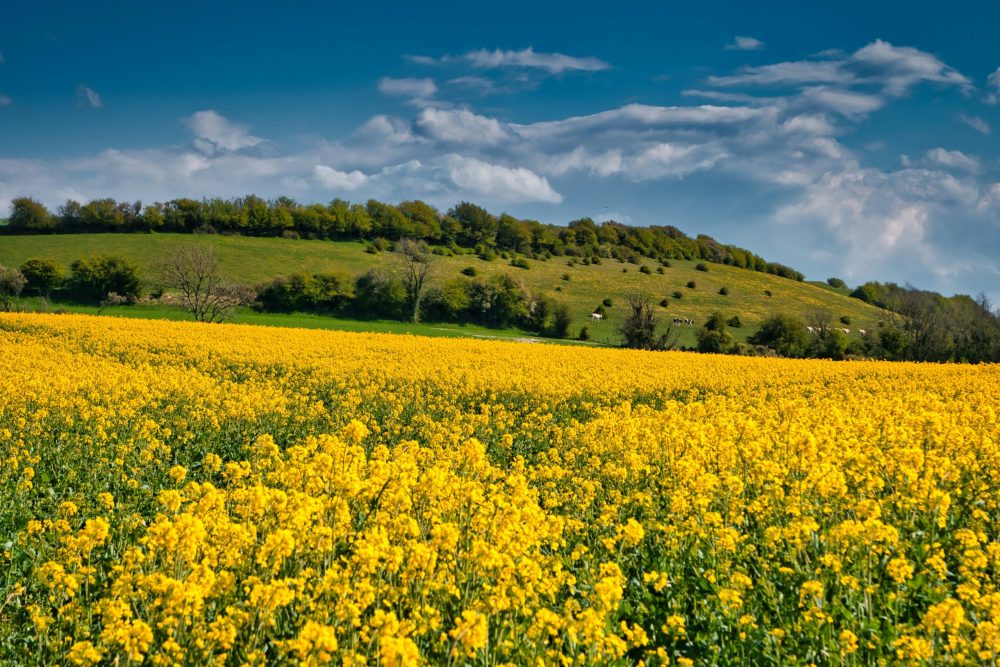
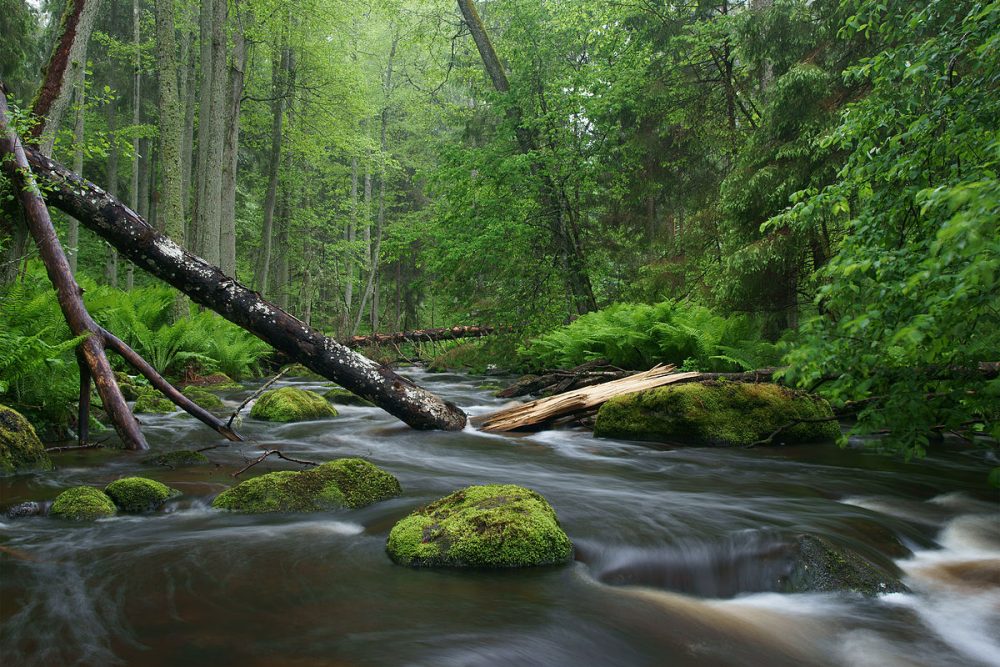
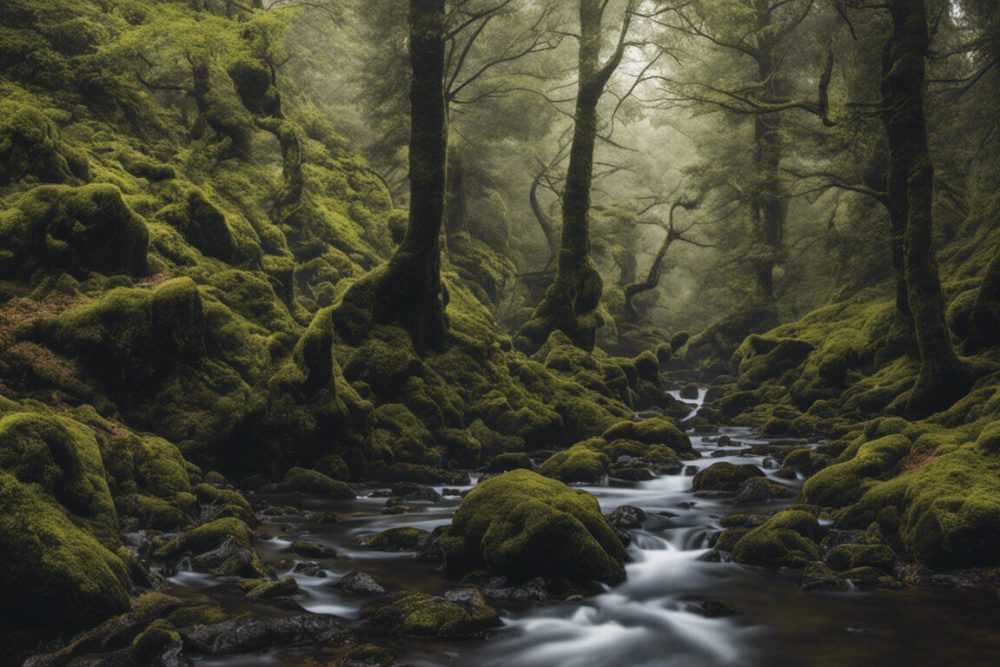
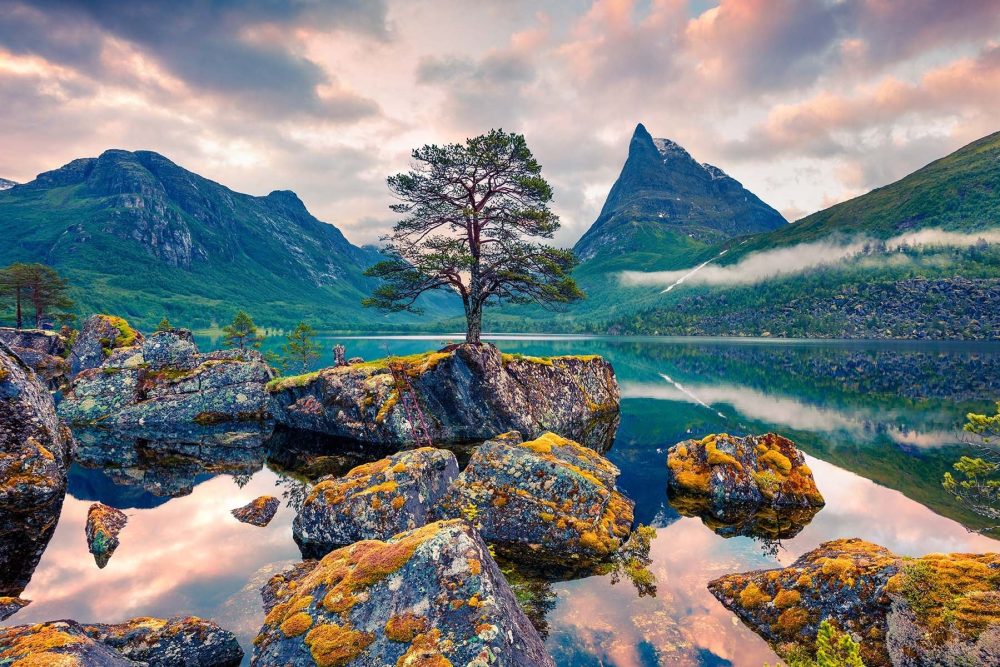
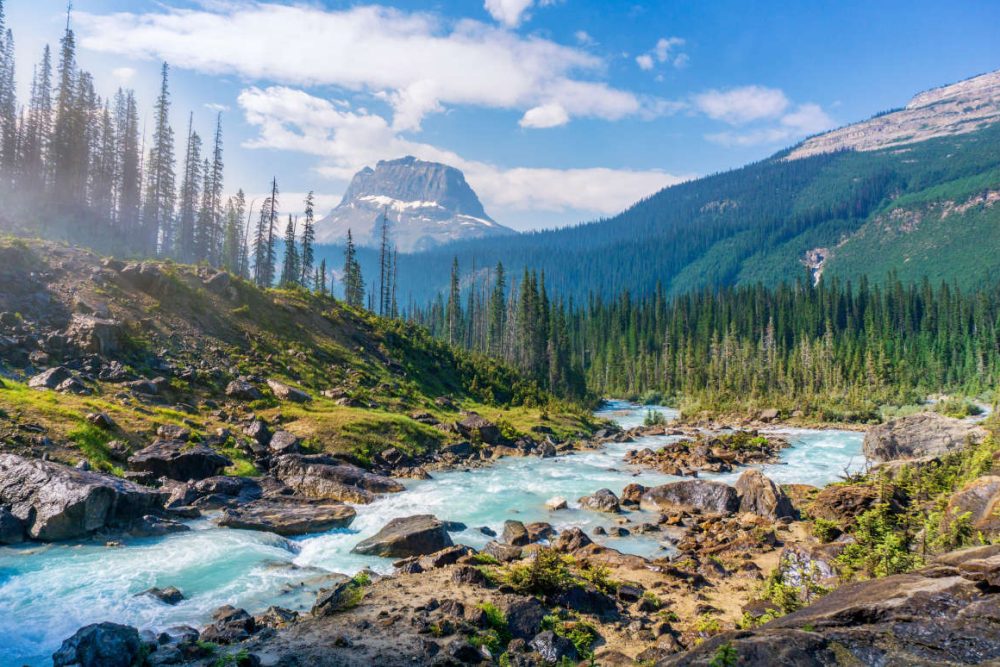
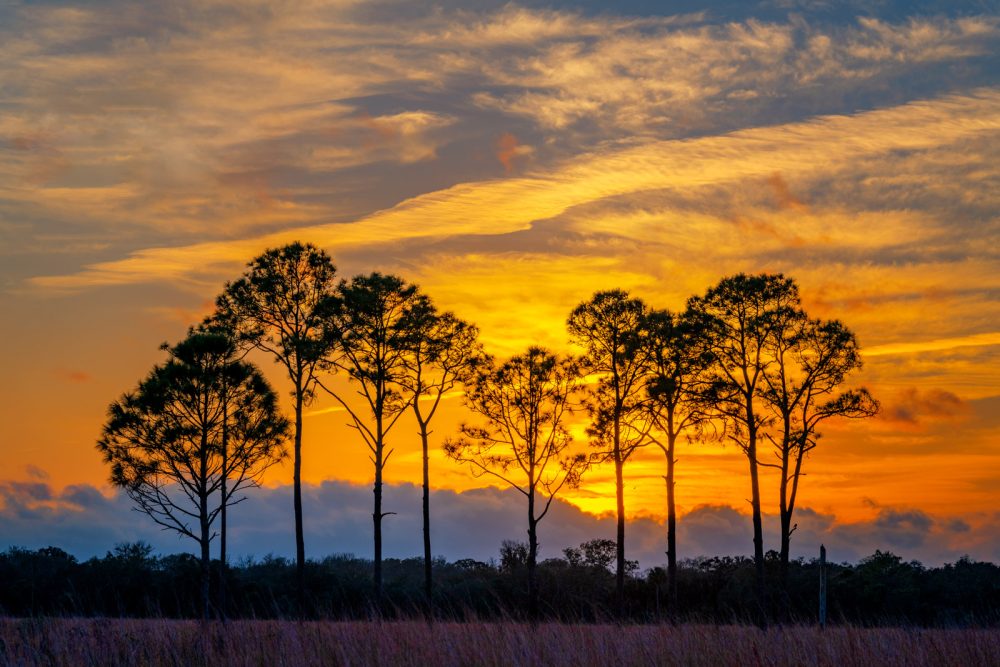
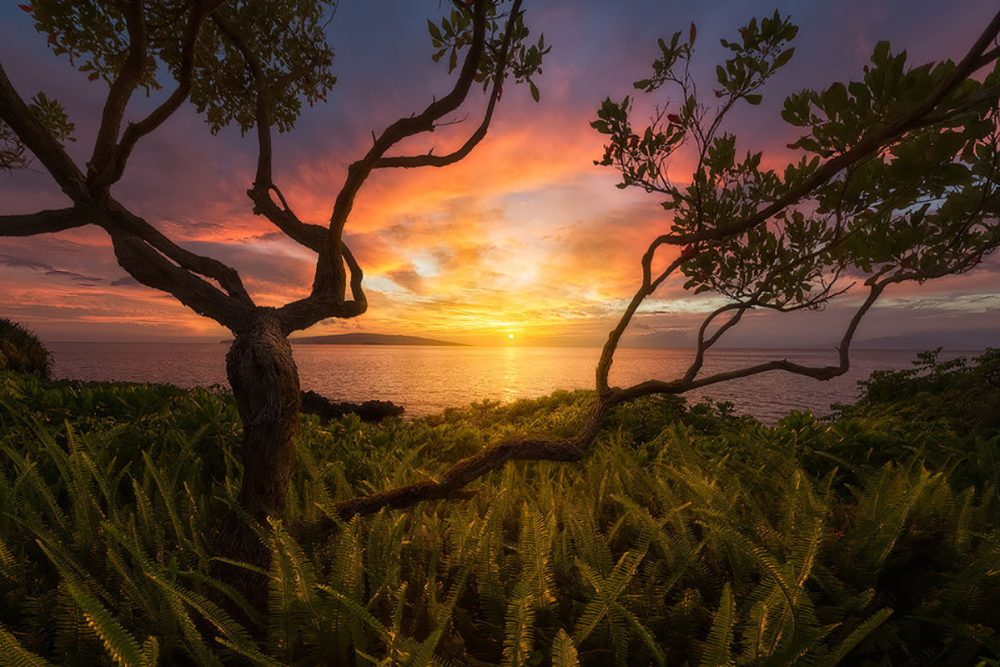
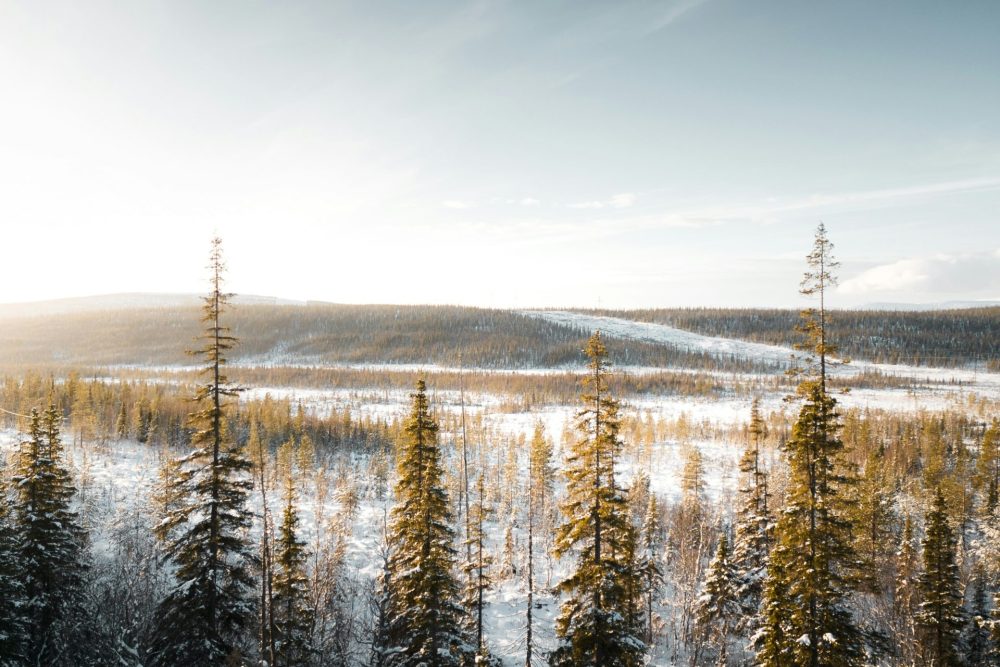
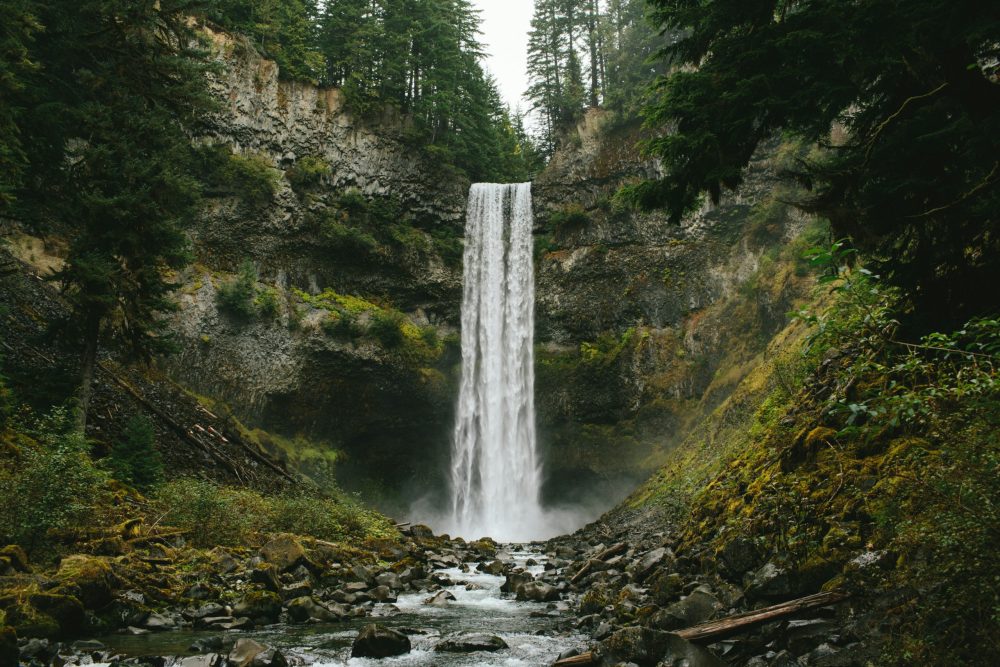
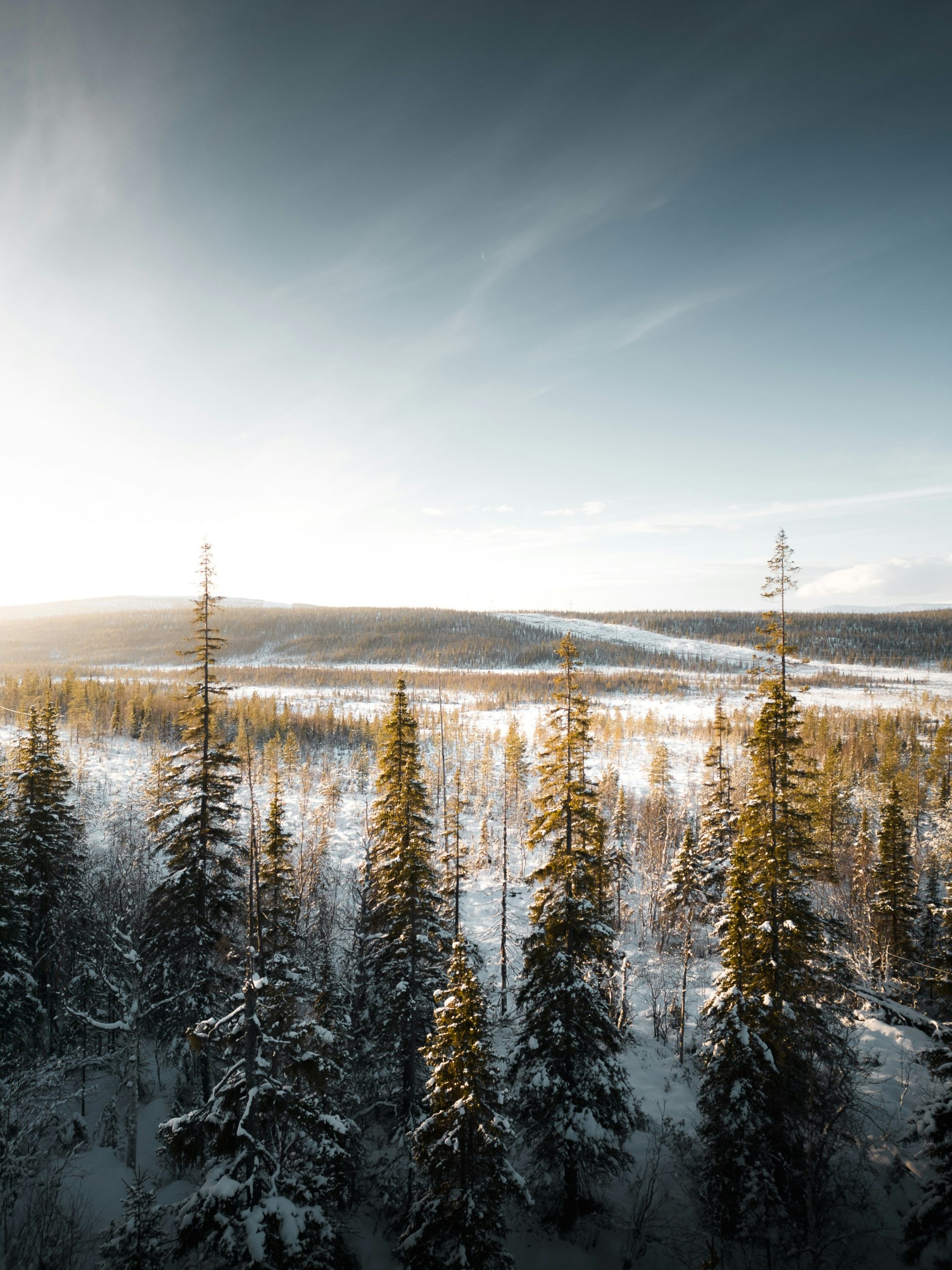
 For me personally, I believe this definition is fairly close but it doesn’t hint to the complexities involved in capturing “great” natural history images. I firmly believe nature photography is one of the hardest genres to master and can take years to accomplish consistent results.
For me personally, I believe this definition is fairly close but it doesn’t hint to the complexities involved in capturing “great” natural history images. I firmly believe nature photography is one of the hardest genres to master and can take years to accomplish consistent results.


